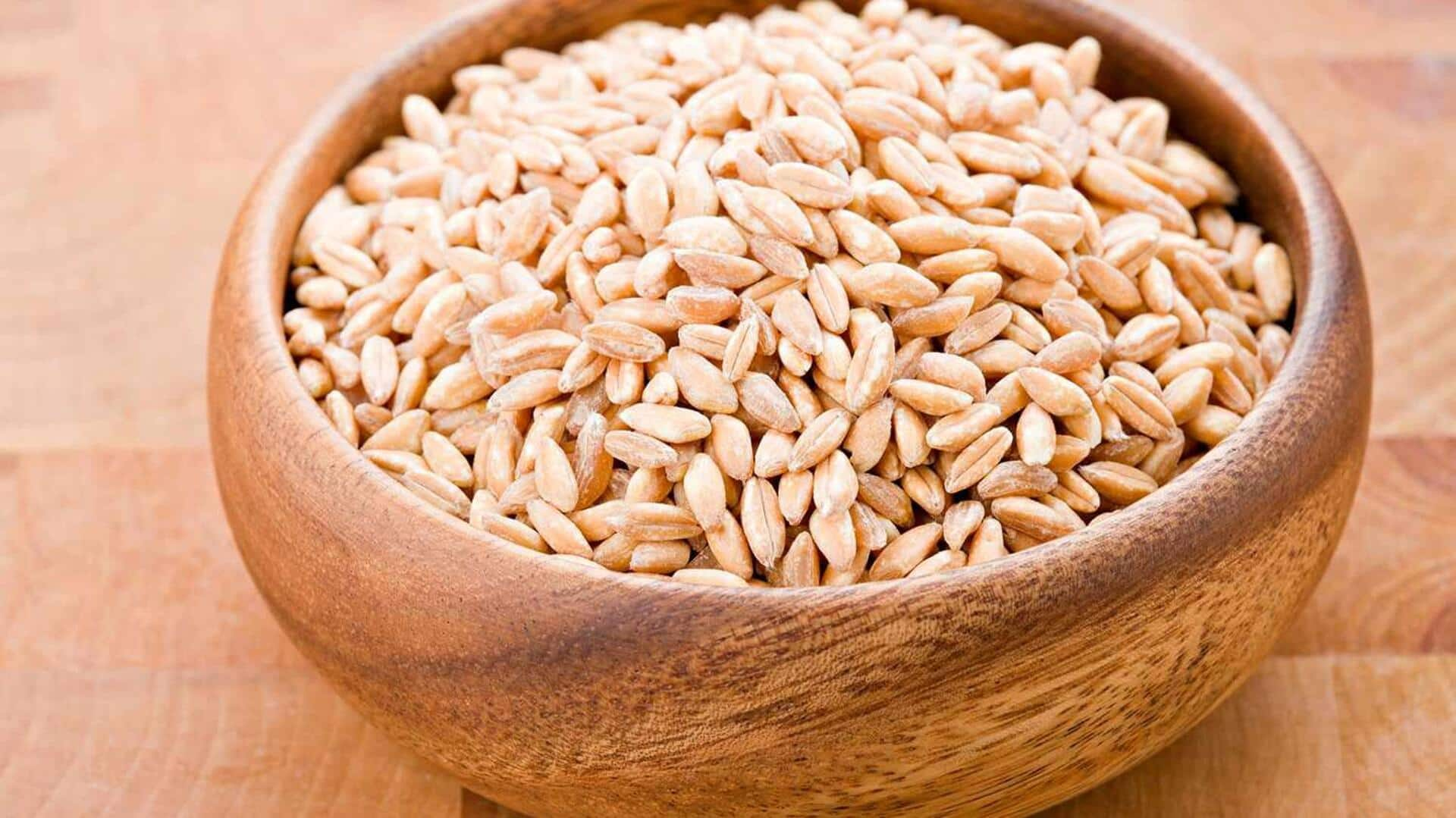
Farro v/s kamut: Which is healthier?
What's the story
Farro and kamut are two ancient grains that have been trending lately due to their numerous nutritional benefits. They both pack a variety of nutrients, making them a great addition to a balanced diet. Although similar in some ways, both grains have distinct traits that differentiate them. Here, we take a look at the nutrition profiles of farro and kamut.
Protein comparison
Protein content in ancient grains
Farro has approximately seven grams of protein per cooked cup, making it a great option for anyone looking to boost their protein intake through plant-based sources. Kamut, on the other hand, is higher in protein, offering roughly nine grams per cooked cup. This makes kamut an appealing option for anyone looking to pack in more protein into their meals without consuming animal products.
Fiber benefits
Fiber-rich grains for digestive health
Both farro and kamut are rich in dietary fiber, which is necessary for keeping digestion healthy. A cooked cup of farro offers about five grams of fiber, while kamut serves about six grams (per cooked cup). The high fiber content of these grains can help promote regular bowel movements and may even reduce the risk of digestive disorders.
Nutrient density
Vitamins and minerals abundance
Farro has a rich content of vitamins like B3 (niacin) and minerals like magnesium and zinc. The nutrients contribute significantly to energy production and immune function. Meanwhile, kamut is a great source of selenium, an antioxidant that protects your cells from damage. It also has a high content of manganese and phosphorus to help you keep your bones healthy.
Calorie count
Caloric value considerations
When it comes to caloric intake, both grains come with moderate calorie counts ideal for most diets. A cooked cup of farro has around 200 calories, while a similar serving of kamut offers about 250 calories. These make for ideal choices for those tracking their calorie consumption but still wanting nutrient-dense foods.
Gluten insight
Gluten content awareness
For those with gluten sensitivities or celiac disease, it is worth noting that both farro and kamut contain gluten. Although they may be easier to digest than modern wheat varieties (due to their ancient origins), they aren't suitable substitutes for gluten-free diets. Those requiring gluten-free options should look at other grains such as quinoa or rice instead.